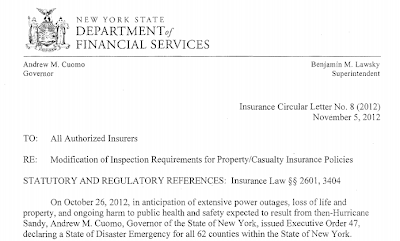Federal Officials Accelerate Plan to Create Disaster Housing Structures
Because the Hurricane Sandy disaster highlighted the nation’s lack of a contingency plan in the wake of a natural disaster, both federal and local east coast officials accelerated a plan to create disaster housing structures, which are to be temporary units that can be stacked and stored in warehouse spaces and then assembled quickly when needed. These units will be fabricated from shipping and storage containers. Instead of disbursing people whose homes were destroyed into temporary shelters or hotel rooms, the city would quickly assemble temporary neighborhoods.While the temporary housing units will not be available for use by the victims of Hurricane Sandy, it is anticipated that a prototype will be ready for construction sometime next year. The shipping containers are approximately 40 x 12 x 9 feet, and can accommodate one bedroom and bath, a kitchen and living room. These units can be combined for large families, and even stacked in order to create entire apartment blocks, as well as arranged in such a way as to suggest a proper neighborhood.
Emergency Shelters
New York’s current Hurricane Sandy relief efforts involved distributing newly homeless residents to emergency shelters in high schools and colleges, moving them to dormitory style armory shelters when the schools reopened, and then finally installing them in hotel rooms around the city. Shelters that were originally imagined for victims of substance abuse were also used, but these were not equipped for families with infants. The new plan will prevent the current permanent homeless shelters, already stretched beyond capacity, to continue to function without added strain, and to keep unoccupied apartments set aside for those who need permanent housing.The Commissioner for New York’s Department of Design and Construction says that these storage units are strong, weather resistant and fairly cheap. The structures will be distributed to the hardest hit areas of a natural disaster, remain while the homes are being rebuilt and then dismantled and stored again after the residents have been reestablished in permanent residencies. Each unit is estimated to cost between $50,000 and $80,000, and will be paid for by the Federal Emergency Management Agency and New York City. The original idea for these homes came from a New York-sponsored design contest, and the temporary modular housing concept has been in development for five years.
Unlike the old FEMA trailers which had a very limited lifespan, the shipping container housing units are thought to be durable enough to be reused again and again; the shipping containers themselves can be reused up to 20 times and will last as long as 30 years.


















